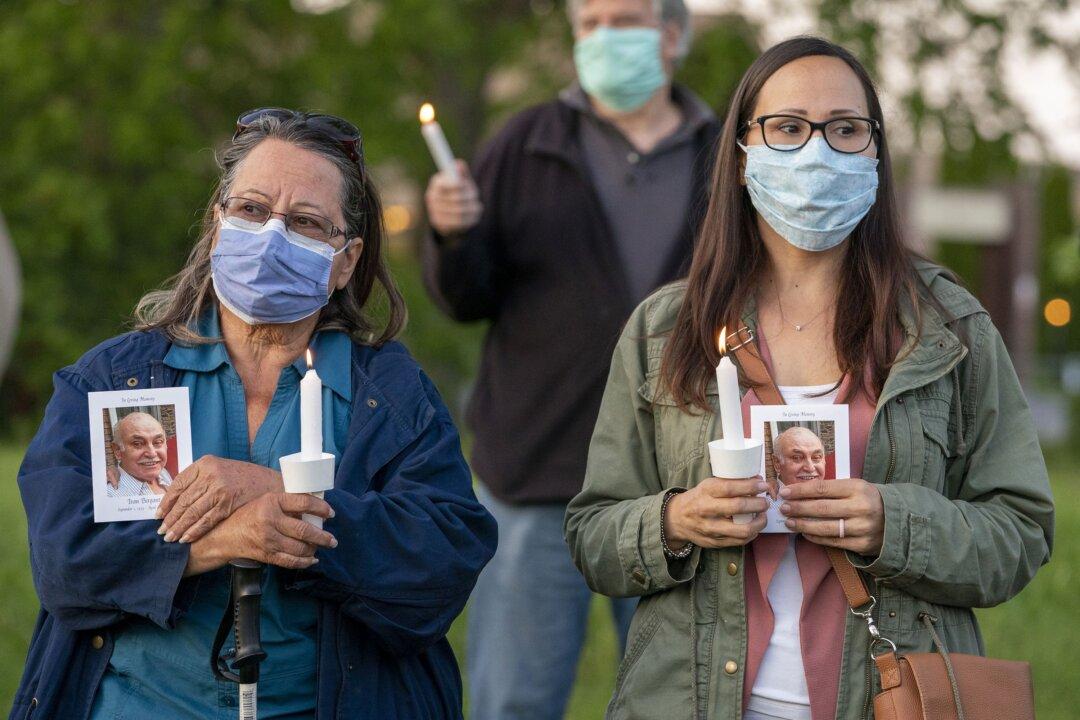Two promising areas of change for Ontario long-term care homes since the pandemic are the creation of isolation spaces for residents in congregate settings who show signs or test positive for COVID-19, and the introduction of Bill 203, or the More than a Visitor Act.
Introduced by the New Democrats and backed by the Progressive Conservative government, Bill 203 has passed second reading and been referred to the Standing Committee on Social Policy for review. After that there must be another vote in the house before it can become law.




